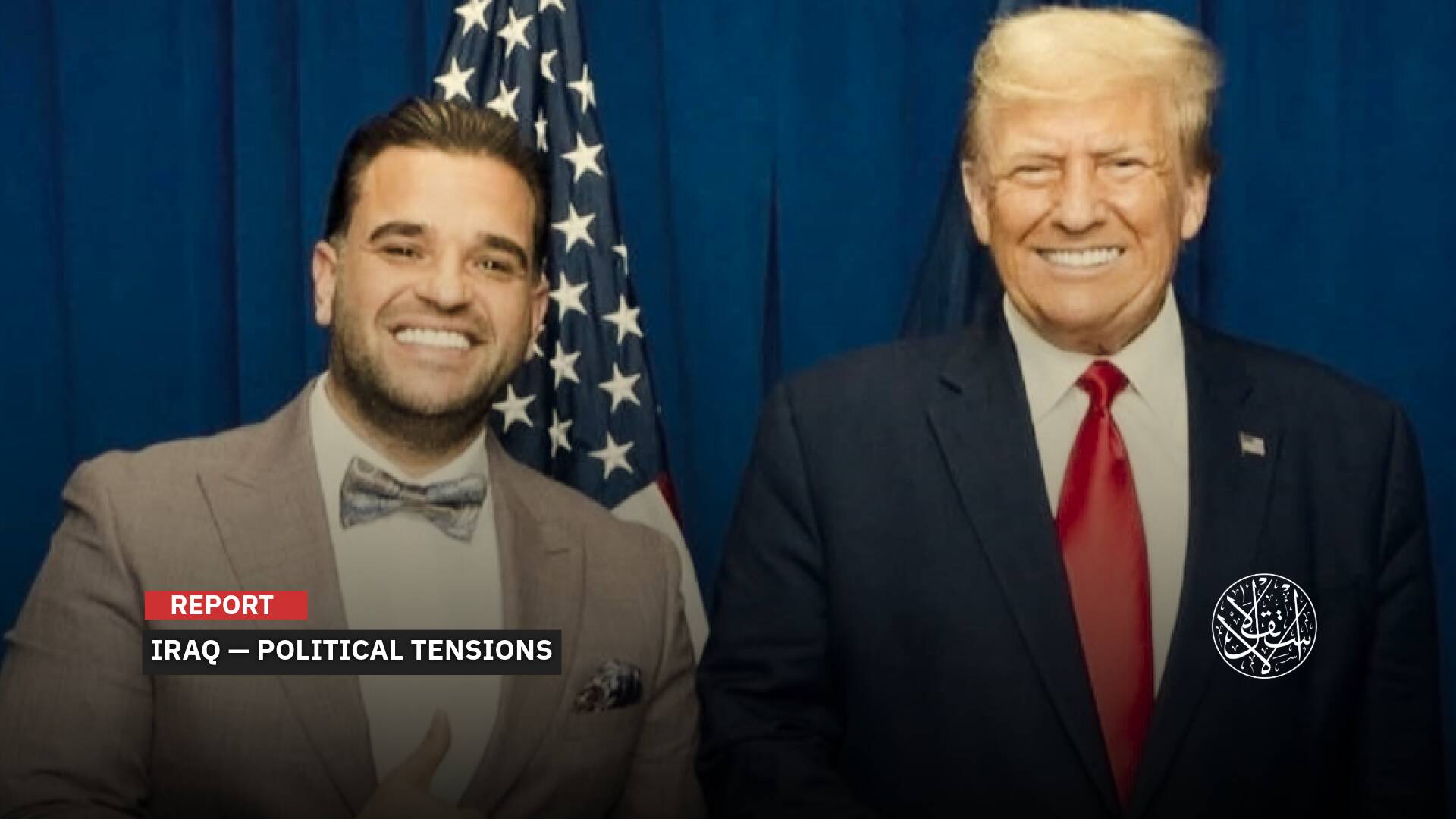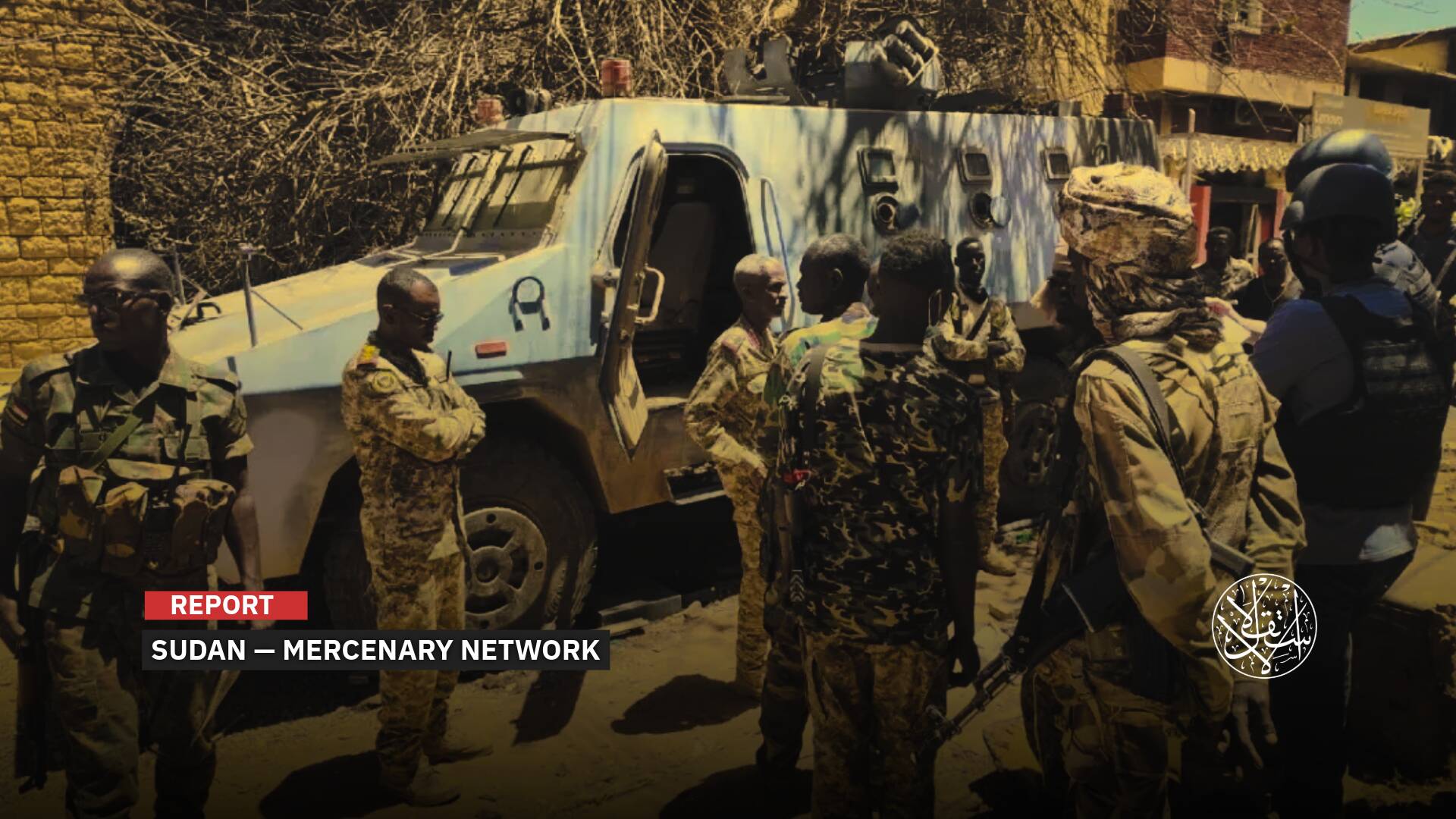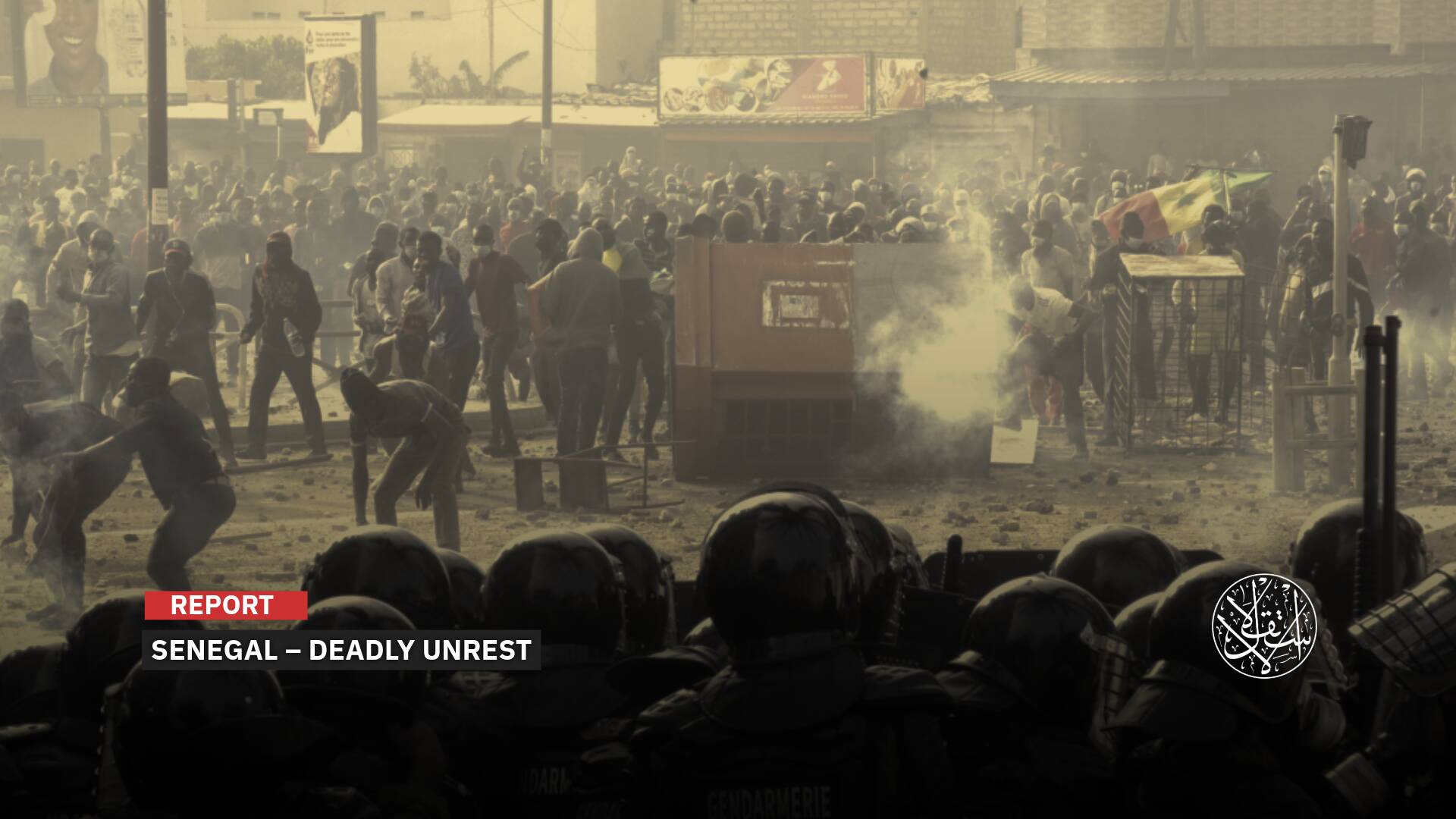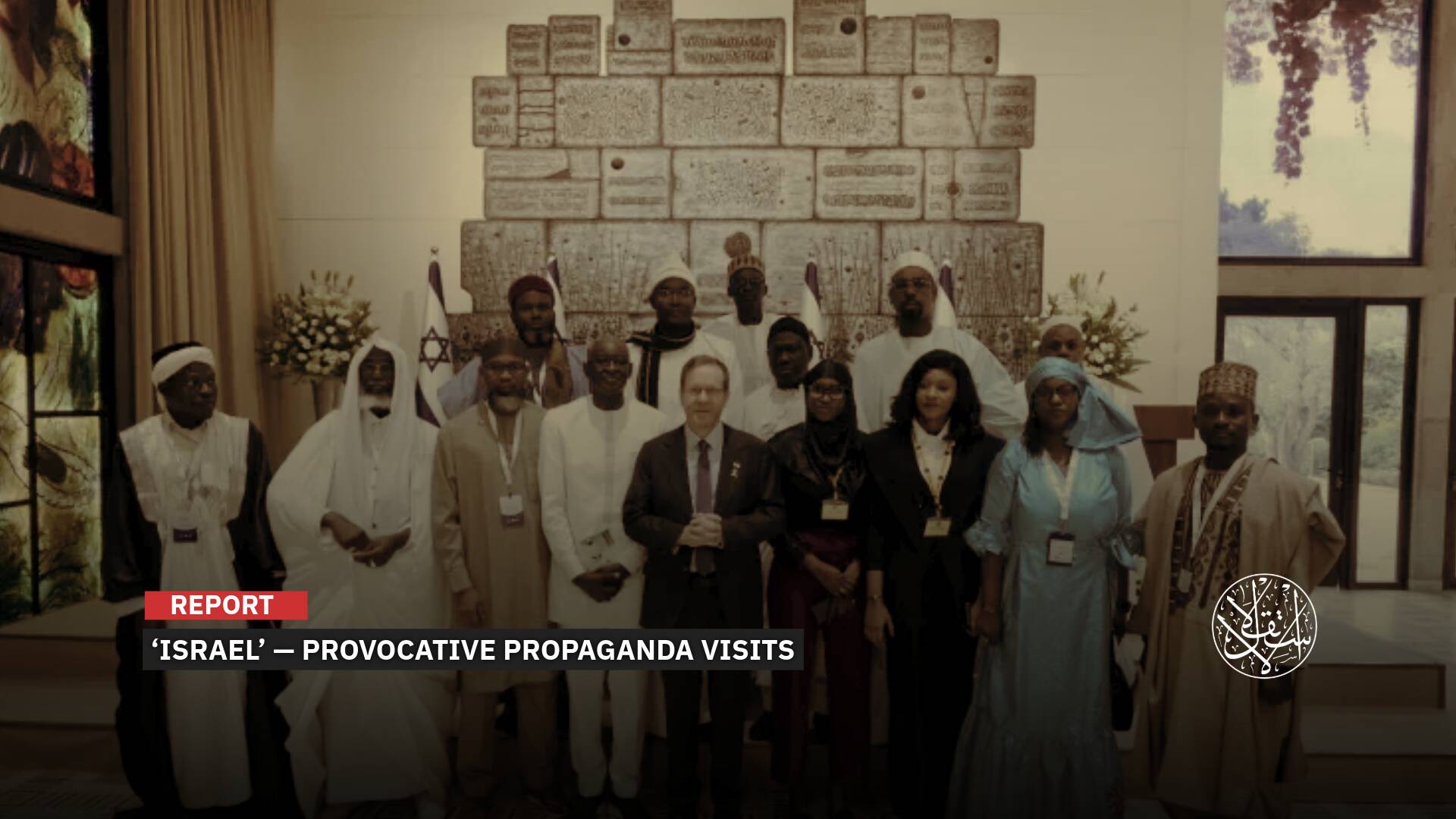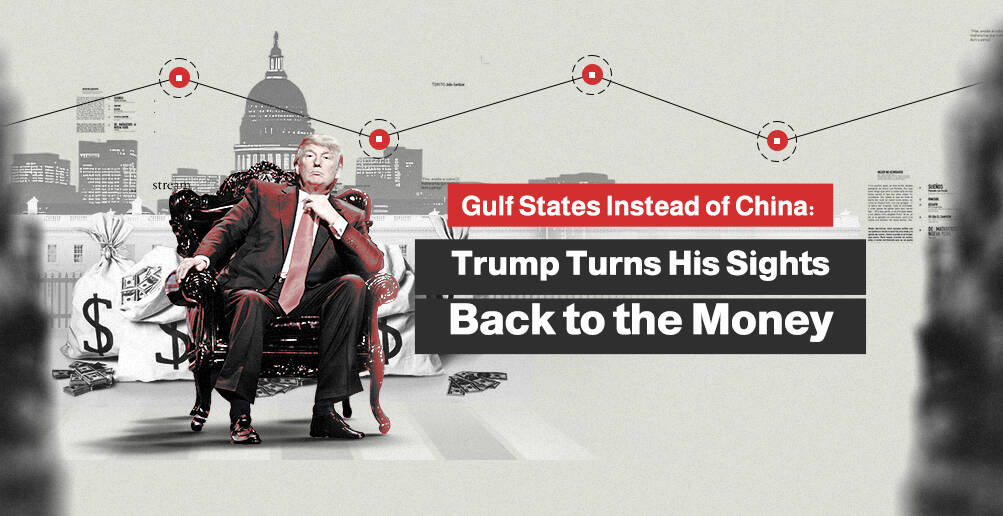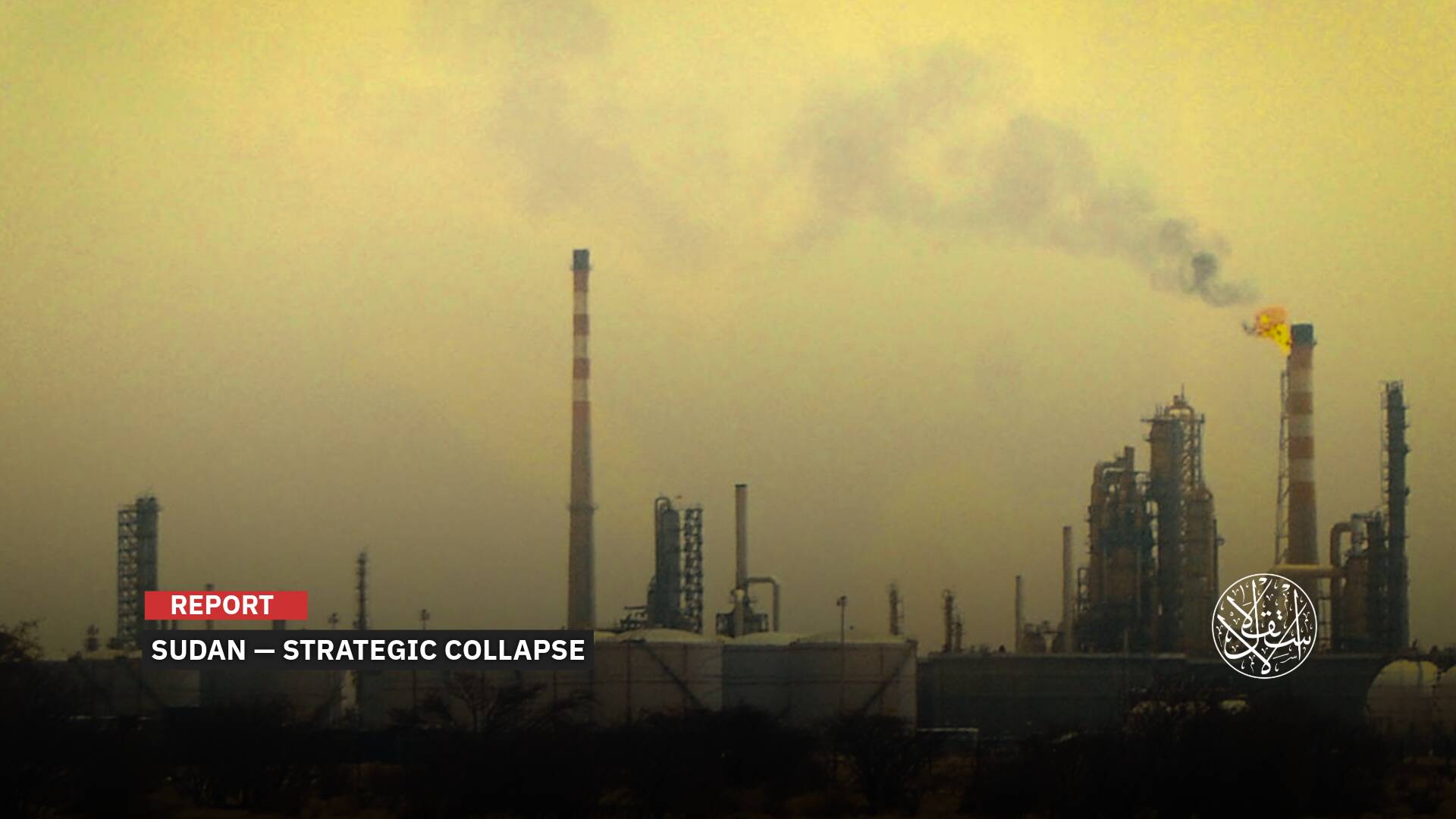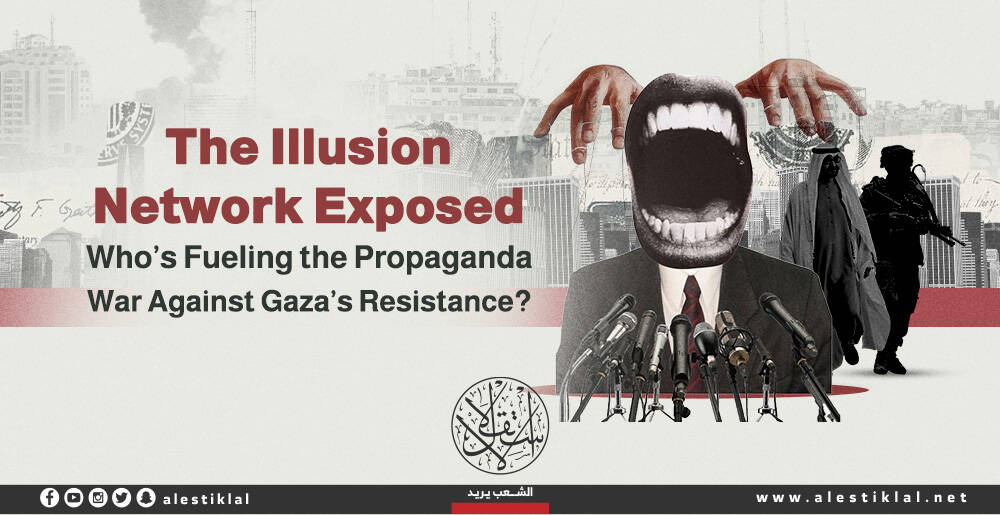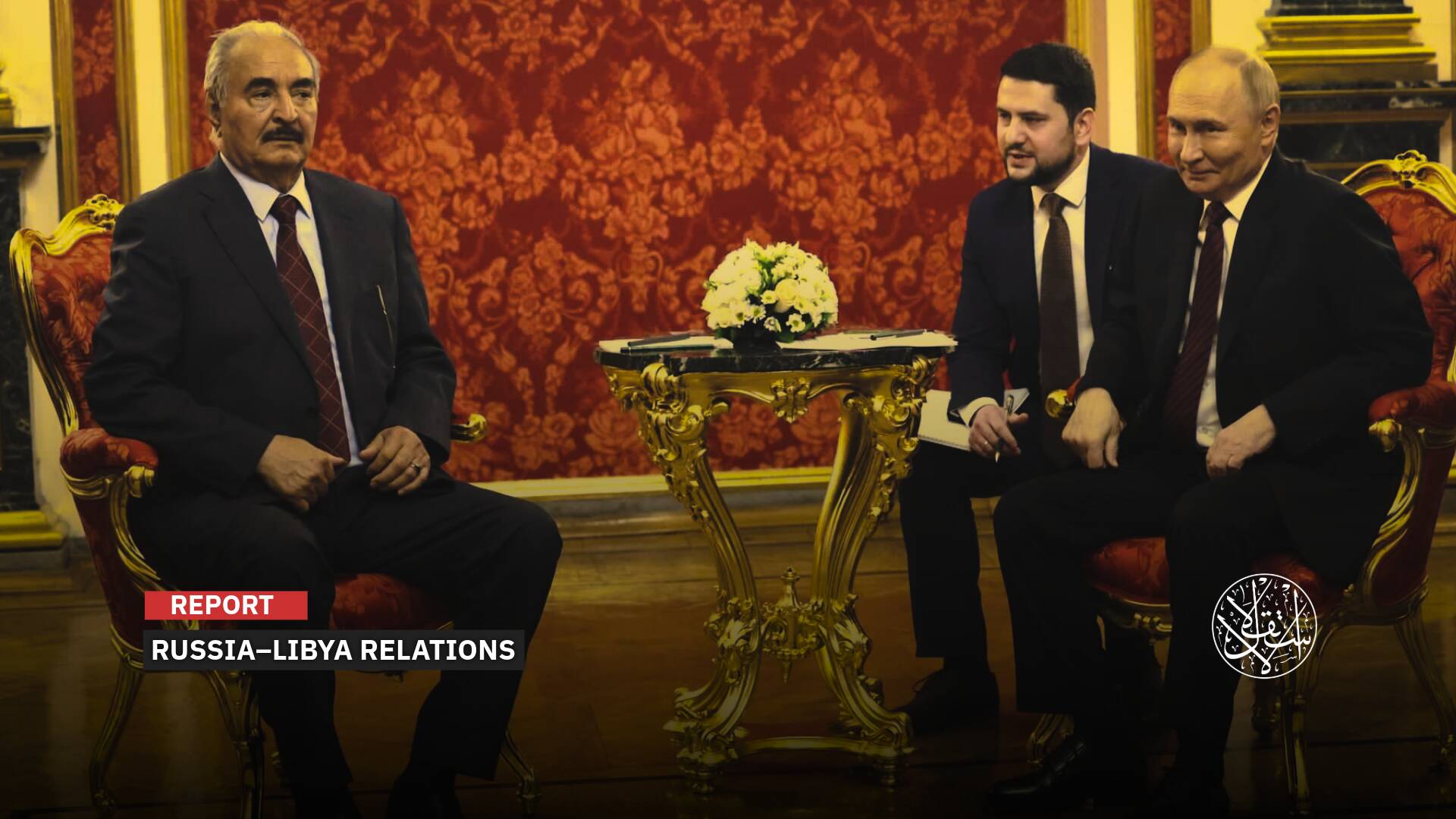Latest Rift: How Saudi-UAE Tensions Escalated, With RSF at the Center

The dispute between Riyadh and Abu Dhabi over al-Yasat Marine Protected Area reaches the UN.
In two separate incidents, tensions between Saudi Arabia and the UAE have flared again, raising fresh questions about their once-close relationship. What began as a Gulf dispute is now widening, with ripple effects reaching across the region.
The primary dispute between Saudi Arabia and the UAE, which has reached the halls of the United Nations, can be described as a “subtle rivalry” or a “contest for regional leadership” that has intensified over the past decade. This was especially evident after they were once the closest allies among the Gulf states.
Al-Yasat Marine Protected Area
One ongoing point of contention between the two nations remains their maritime border. Saudi Arabia has once again rejected the UAE’s unilateral approach to boundary demarcation, specifically its application of the straight baseline system along its coastlines.
On February 4, 2025, it sent a formal note to the UN Secretary-General, firmly rejecting the UAE's note dated March 11, 2024, which called for the implementation of the straight baseline system along its coasts. Saudi Arabia emphasized that it did not recognize the legal effects of the UAE’s decision to unilaterally apply the straight baseline system, stating that it violated the 1974 border agreement between the two countries, as well as international law.
The UAE Cabinet had previously issued Decision No. 35 in 2022, which announced the implementation of the straight baseline system along its coasts, with the straight lines opposite Saudi shores having no relation to the UAE's coastline.
As a result, the UAE maintains that al-Yasat Marine Protected Area lies within its territorial waters, asserting that it does not recognize Saudi Arabia's maritime areas, sovereignty, or jurisdiction beyond the median line between the UAE's and Saudi Arabia's territorial waters near al-Dhahran province.
In response, the Saudi government reiterated its rejection of the UAE's declaration in previous notes and reaffirmed its commitment to the 1974 border agreement, which delineates Saudi Arabia's maritime zone off the coast of al-Dhahran province extending into the Arabian Gulf.
According to an official UN document dated March 18, 2024, a letter from the Saudi Ministry of Foreign Affairs addressed to the UN Secretary-General stated that it does not recognize any legal effect of the UAE’s declaration that al-Yasat is a protected marine area, as per a 2019 royal decree.
Al-Yasat Marine Protected Area is located near the UAE's claimed territorial waters, which were first designated as a protected area in 2005. The area includes four islands and the surrounding waters, located in the far southwest of Abu Dhabi.
The letter from the UAE’s Ministry of Foreign Affairs to the UN emphasized that since 1975, the UAE had been notifying Saudi Arabia through various communications that certain aspects of the 1974 agreement were unimplementable in their current form and had requested amendments.
In 1974, the two countries signed the Jeddah Agreement, which resolved their border disputes. Under the agreement, Saudi Arabia relinquished its claim to a portion of the oil-rich Buraimi Oasis, located between northwestern Oman and the UAE, in exchange for oil-rich lands along their shared border, such as the al-Huwaisah Island. The UAE also relinquished 80% of the Shaybah oil field and 50 kilometers of its coastline.
The agreement also recognized the UAE as an independent state, marking the early stages of its establishment.

Rapid Support Forces
In another case, tensions between Saudi Arabia and the UAE were exposed after Sudan’s unofficial news agency, SENA reported the deaths of five members of the Sudanese Rapid Support Forces (RSF) during clashes with the Houthis on the Saudi border.
The report sparked outrage in Saudi Arabia, with several Saudi accounts accusing the UAE of fabricating news to harm the Kingdom. They claimed the UAE was spreading this story through fake news agencies with no ties to Sudan.
Saudi accounts said SENA, attempting to mislead the public with a name similar to the official SUNA agency, is reportedly funded by the UAE, spreading news in favor of Sudan’s RSF.
Saudi activists on X accused the Iranian media figure (al-Ahwazi) Amjad Taha, known for his close ties to the UAE, of running the fake news agency SINA.
Amid the controversy, SUNA issued a clarification on March 15, confirming that SINA is a fake platform with no affiliation to the state or any official Sudanese media institutions.
SUNA backed up the Saudi activists' claims, stating that the UAE is behind the fraudulent agency, and has entrusted Amjad Taha, a British citizen and writer for Israel Hayom, with its management. Taha is also a staunch supporter of the Israeli Occupation.
The exchange between Saudis and Emiratis on X escalated to an unprecedented level, with both sides exchanging insults and mocking the founders of their respective nations: Sheikh Zayed al-Nahyan and King Abdulaziz al-Saud.
Emirati accounts promoted the idea that President Mohamed bin Zayed is the leader of the region, the most effective and influential ruler in the Middle East. They shared a photo of him alongside the leaders of Egypt and Jordan, signaling a “three-way leadership,” while deliberately omitting Saudi Arabia and its Crown Prince Mohammed bin Salman.
The intensifying conflict prompted the UAE government to intervene on March 16, with the National Media Office emphasizing the importance of all social media users in the country adhering to values and principles that reflect the nation's policies, based on respect, tolerance, and coexistence.
The office stressed the need to “observe ethical and legal standards when using digital platforms, and to refrain from posting content that may insult or undermine national symbols, public figures, or friendly and brotherly countries and their societies.”
“The ethics of our founding father, Sheikh Zayed, will remain a firm path and a beacon for the people of the UAE,” head of the office Abdulla Alhamed wrote on X.
“We follow it in our words and actions. In the world of social media, we must hold onto this enduring legacy, for his wisdom teaches us the power of kind words.”
Relationship Decline
The recent incidents are not far from the state of coldness that has characterized the relationship between Saudi Arabia and the UAE for about two years. This became evident in the decline of official visits between the leaders of the two countries, particularly after the rift over the Yemen and Sudan crises.
The UAE supports the Southern Transitional Council in Yemen and the Rapid Support Forces in Sudan, while Saudi Arabia seeks to assert its diplomacy in Khartoum, backing the official army and opposing separatist efforts in Yemen.
One of the most prominent public economic disagreements between the two countries in the past two decades was the UAE's objection to the proposal of Riyadh hosting the headquarters of the Gulf Cooperation Council’s central bank and its withdrawal from the Gulf Monetary Union agreement. This contributed to the delay of the project to issue a unified Gulf currency and a central bank for the council.
In July 2021, Saudi Arabia wanted to extend the decision to cut production by OPEC+ member states, which was supposed to end in April 2022, until the end of the same year to compensate for the losses incurred by member states due to the sharp drop in oil prices during the COVID-19 pandemic and to stabilize the market.
However, the UAE's Minister of Energy, Suhail al-Mazrouei, insisted on increasing his country's production share, saying in media statements, “It is unreasonable for us to accept continuing the injustice and sacrifice more than we have already endured.” He considered the proposal unfair and believed it would lead to significant losses for his country.
Although a compromise was reached a month later, tensions remained, and speculation and rumors spread about the UAE's intention to withdraw from OPEC+, which was denied at the time by UAE officials.
In July 2023, The Wall Street Journal exclusively published statements from Prince Mohammed bin Salman, made during a meeting with journalists in Riyadh in December 2022, where he accused the UAE of “stabbing us in the back” and continued, saying, “They will see what I can do.”
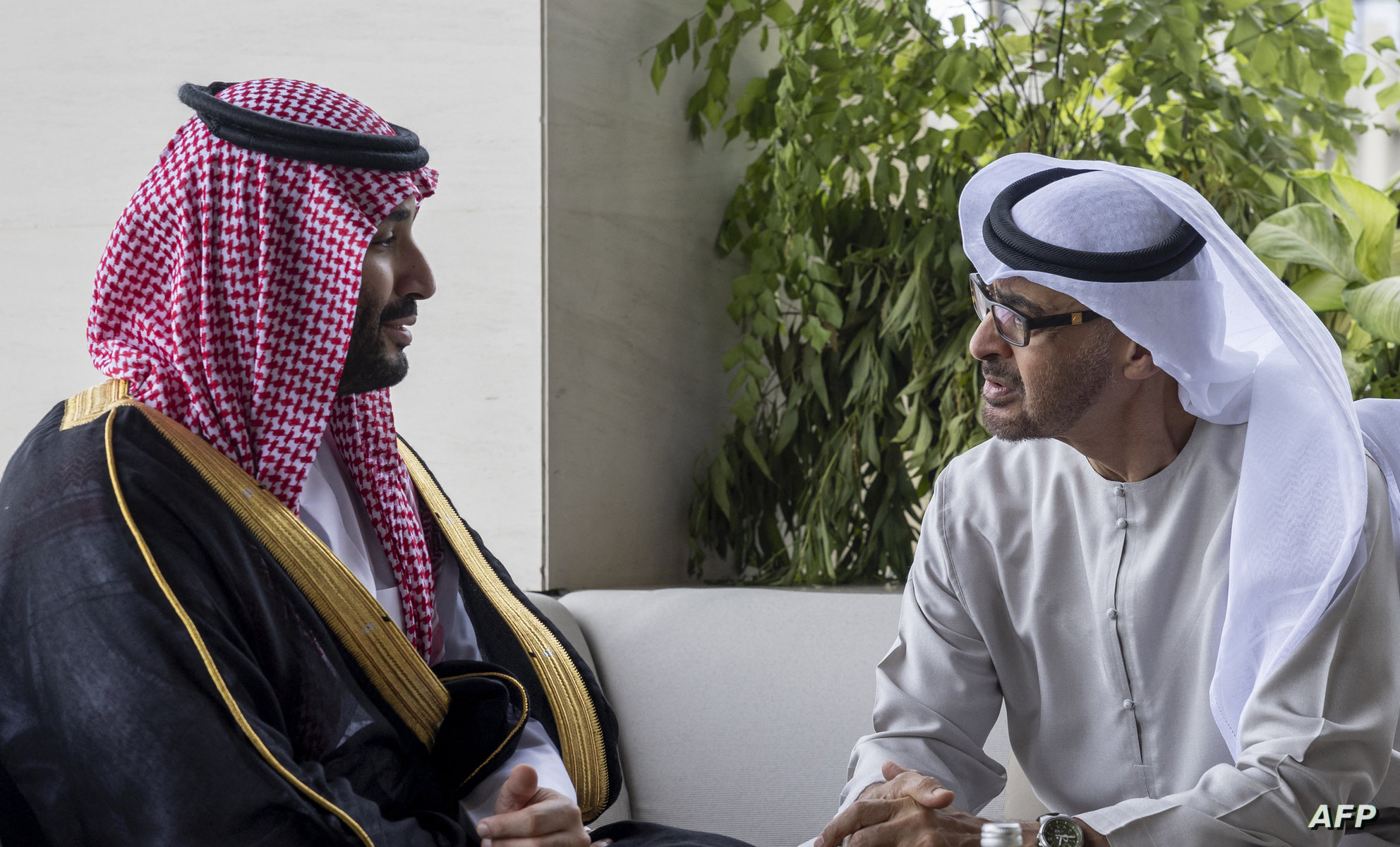
Bin Zayed and Salman spent nearly a decade rising to the peak of political leadership in the Arab world, during which they grew closer in ideas and directions. However, they are now in conflict over who makes the decisions in the Middle East, amid a scene where the American presence is gradually fading.
Observers believe that the disagreement between Riyadh and Abu Dhabi in handling regional issues could lead to the formation of new Gulf alliances. This may bring Qatar and Saudi Arabia closer, as seen in their approach to the Syrian issue after the overthrow of Bashar al-Assad’s regime in December 2024 and support for the new Syrian administration.
The observers also note that regional issues, particularly Sudan and Yemen, could further deepen the rift between Saudi Arabia and the UAE, in addition to the issue of maritime border demarcation between them. Both sides have failed to resolve it internally and have taken it to the United Nations, which highlights the growing coldness in their relationship.
Sources
- The Best of Frenemies: Saudi Crown Prince Clashes With U.A.E. President
- An important clarification from the Sudan News Agency (SUNA) [Arabic]
- Again, the Saudi-Emirati dispute over al-Yasat area off the coast of Abu Dhabi [Arabic]
- Who will prevail in the Saudi-UAE dispute? [Arabic]
- The National Media Office stresses the need for social media users to adhere to national values and policies. [Arabic]
- Saudi Arabia and the UAE: A hidden struggle for influence and regional leadership? [Arabic]
- The Saudi-UAE dispute over Al-Yasat: A border conflict or a struggle for influence? [Arabic]



